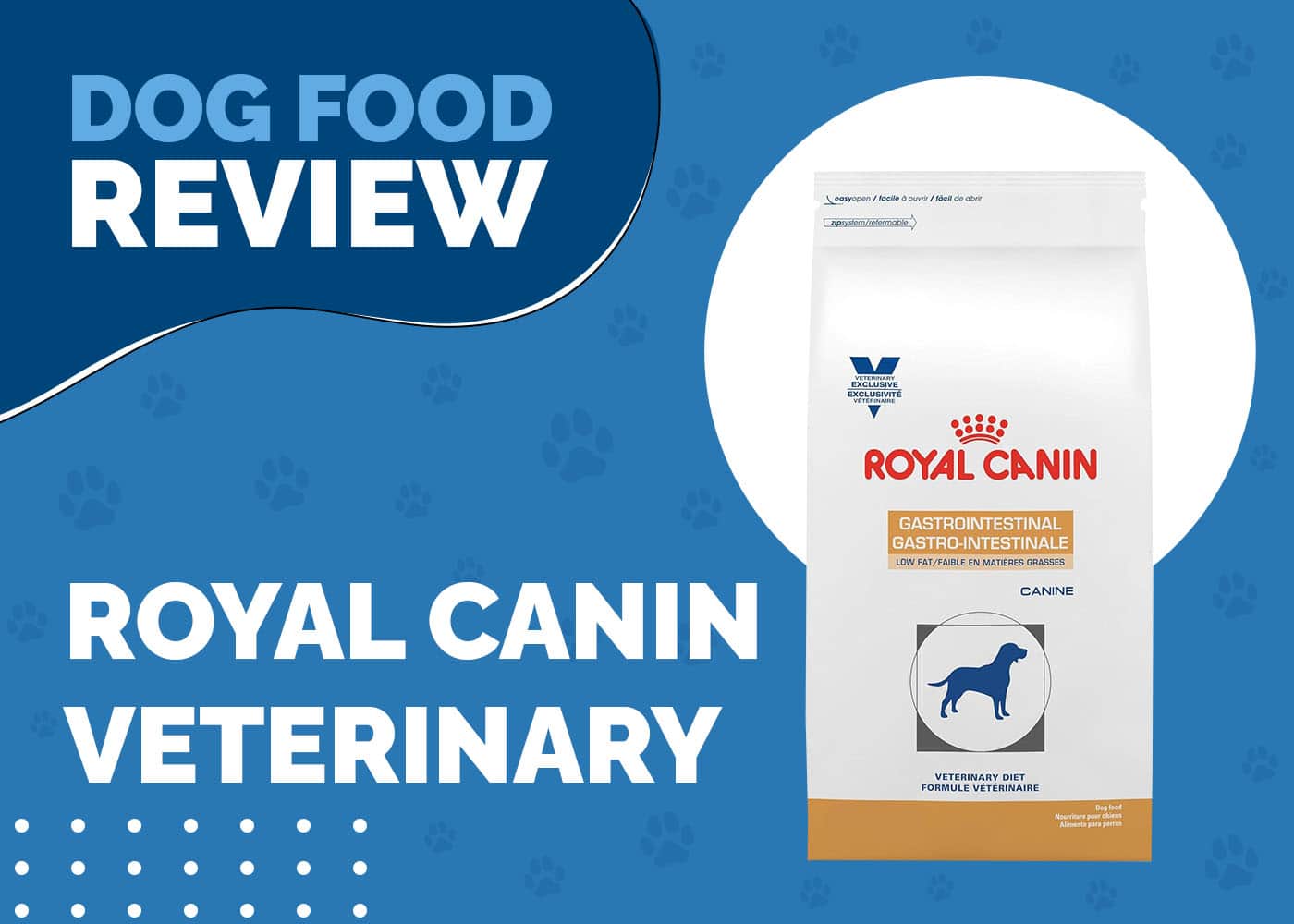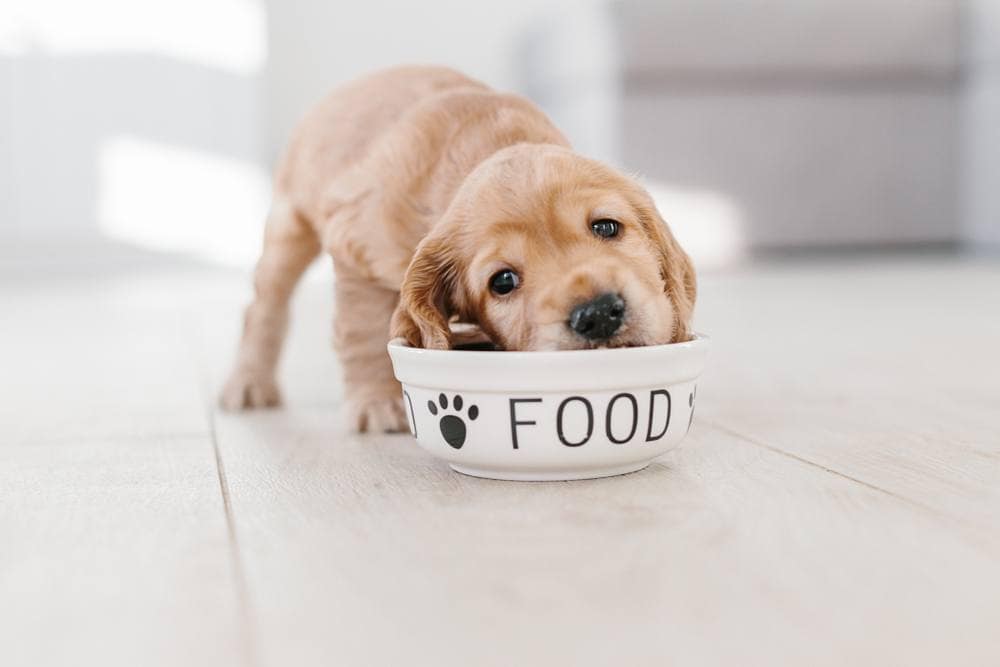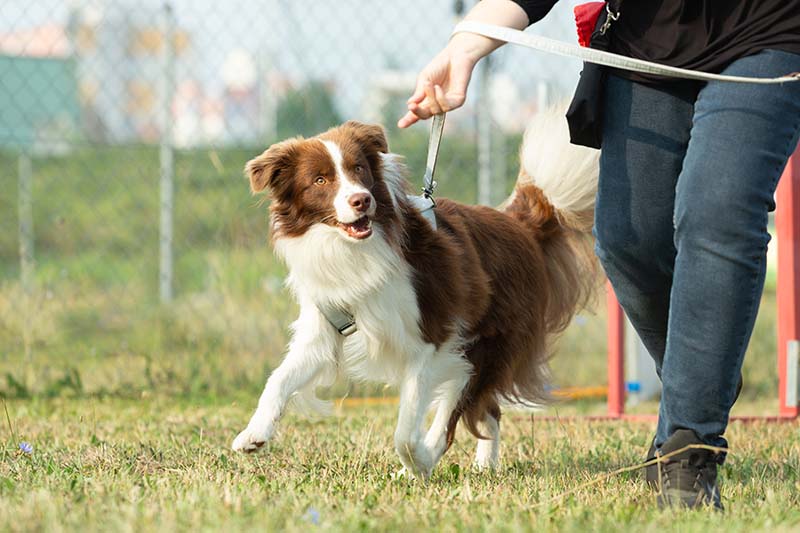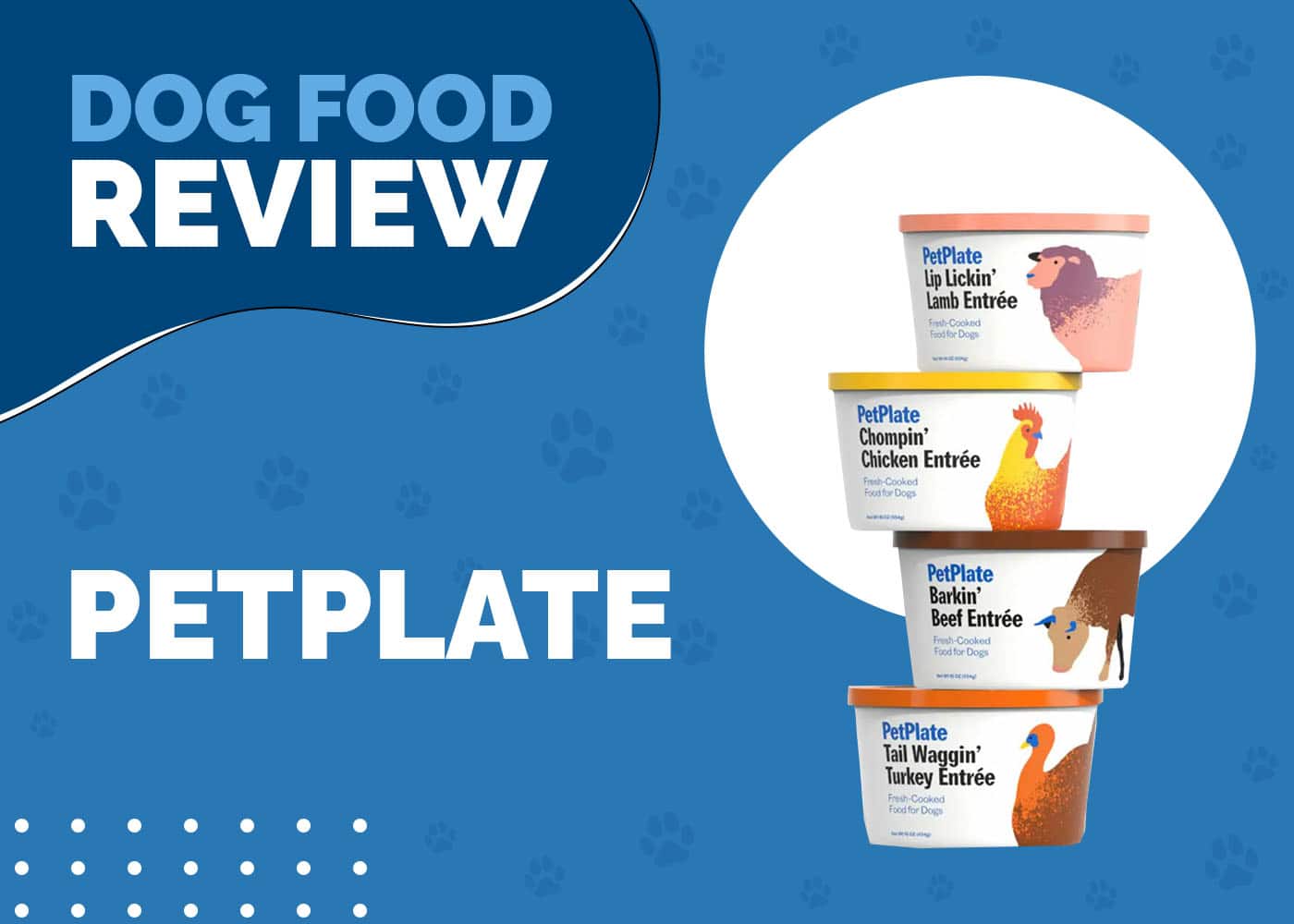Royal Canin Veterinary Diet Gastrointestinal Low-Fat Dog Food Review 2024: Recalls, Pros & Cons

Updated on

We give Royal Canin Veterinary Diet Gastrointestinal Low-Fat dog food a rating of 4.2 out of 5 stars.
Royal Canin Dog Food is a popular pet brand that has developed a vet approved line of foods that target specific health issues in your dog. One of the more common issues is gastrointestinal problems. To relieve the associated issues, Royal Canin developed a Gastrointestinal Low-Fat formula.
Not only is this dog food a mouthful, but there are also a lot of pros and cons associated with the diet. To shed some light on the situation, however, we are going to share some important information that will help you make the best decision for your pet.
We will go over things such as the ingredients, the scientific purpose behind the food, recalls, and much more. We will also share the nutritional value, and whether this option lives up to its price tag. Keep reading to get all the details!
At a Glance: The Best Royal Canin Veterinary Diet Gastrointestinal Low-Fat Dog Food Recipes:
| Rating | Image | Product | Details | |
|---|---|---|---|---|
| Our Favorite |

|
Royal Canin Veterinary Diet Canine Gastrointestinal LF Low Fat |
|
Check Price |

|
Royal Canin Veterinary Diet Canine Gastrointestinal Fiber Response |
|
Check Price | |

|
Royal Canin Gastrointestinal Canine Treats |
|
Check Price | |

|
Royal Canin Gastrointestinal Puppy Dry Dog Food |
|
Check Price | |

|
Royal Canin Gastrointestinal Moderate Calorie Dry Dog Food |
|
Check Price |
Royal Canin Veterinary Diet Gastrointestinal Low-Fat Dog Food Reviewed
The Royal Canin Veterinary Diet Gastrointestinal Low-Fat Dog Food is part of the brand’s Vet Diet line, which means you will need to make an appointment with your dog’s veterinarian before you can try out this food.
The vet will be able to determine the issues your pet is having and make a decision about whether this food is appropriate or not. If it is concluded that your pet will benefit from this option, be advised that the food is costly. You can sometimes buy it through your vet’s office; otherwise, you will be able to purchase it directly through the site, or you can find it on online retailers. Proof of prescription is required.
Overview of the Product
The Gastrointestinal line comes in several different varieties besides the low-fat option. Depending on your pet’s needs, you can find moderate calorie, fiber response, a puppy formula, treats, and a few other options.
Besides these formulas, you can also choose between wet or dry food. In general, this formula is made for dogs with either short- or long-term digestive sensitivities that are predisposed to obesity or have a few extra pounds.
The meals promote the overall digestive health of your pooch by combining elements like prebiotics, proteins, soluble and insoluble fibers, and other ingredients that will also help with other areas of your pet’s health.
Overall, if your pet has had a hard time with digestive issues and they are not as mobile as they once were or they get limited exercise, this may be the right option for you and your dog.
Lacking Features
There are a few things that are important to note with this particular formula. First, though we mentioned it previously, this is very expensive dog food. That being said, based on the formula, the quality of the ingredients is not where it should be based on the price tag.
Something else to consider is the lack of probiotics in the formula. Generally, when you have a pet with digestive issues, the best way to combat this is by supporting the natural bacteria in their gut that destroys the unhealthy bacteria. Take a look at the process below:
- Digestive System: Your dog’s digestive system can be called upon to process some pretty interesting Even if your pet never shops at the litter box or eats outside of their dish, they still need a top-notch digestive system to break down bacteria that can affect many parts of the health.
- Bacteria: Harmful bacteria come from the food your dog consumes. The natural bacteria (or enzymes) in your pet’s guts is what kills off anything unhealthy. When dogs have issues digesting food, it is usually due to a lack of healthy enzymes.
- Probiotics: You will notice that many pet food brands formulate their digestive (and others) meals with probiotics as they contain those natural enzymes your pet may be lacking.
- Prebiotics: Prebiotics are also part of the formula as they nourish the healthy bacteria by providing them food.
The Gastrointestinal diet in the Royal Canin Vet Diet line does not contain probiotics, nor does any of their meals that we can see. The prebiotics they use are meant to feed the natural bacteria already present in your pet’s system, although this is not always enough to get the job done.
This, combined with some other questionable ingredients, is where the question mark falls on this formula. Before we jump into ingredients and nutritional levels, however, let’s take a quick peek at where this brand is made and who owns the brand.

Who Makes Royal Canin Veterinary Diet Gastrointestinal Low-Fat and Where Is It Produced?
Mars PetCare currently owns Royal Canin; however, it has passed through a few other corporations since its inception in the 1960s. Originally, the brand was developed in France by veterinarian Dr. Jean Cathray.
In 1968, Dr. Cathary created the first formula and has since developed over 200 formulas that target specific needs based on breed, size, age, or Vet Diet. The company has locations all over the world, but the USA location is based in Missouri. The ingredients are sourced worldwide, although many of them come from farms across the upper Midwest.
Discussion of the Primary Ingredients (Good and Bad)
This formula is available in either wet or dry food. Below, we have outlined the nutritional values for both options to give you an idea of the overall benefits of this formula. It is also important to note that Royal Canin formulates their dog food under the AAFCO guidelines.
The AAFCO recommends specific nutritional levels for animals that will keep them healthy and strong. To give you a general idea of what should be in your pet’s diet, take a look at this table below.
- Protein – Protein is one of the most important factors in your dog’s diet. It is recommended that your pet gets at a minimum of 18% per daily meal to give them fit and healthy.
- Fat – Fat content in your dog’s meal is often overlooked but important, nonetheless. Fat is often turned into energy, plus it provides other health benefits. The recommended value is between 10 and 20%.
- Fiber – The fiber value will help you get an understanding of how easily your dog will be able to digest this food. Too little and they can become constipated. Too much and it can cause diarrhea.
- Calories – This is where the most variance comes in as the daily intake is based on your pet’s weight. For example, your dog should consume 30 calories per pound of body weight.
Now that you know what to look for, here are the nutritional values for the wet and dry formula:
- Protein: 6%
- Fat: 1.0%
- Fiber: 2.5%
- Calories: 345 kcal
- Protein: 20%
- Fat: 6.5%
- Fiber: 3.6%
- Calories: 240 kcal
As you can see, the protein and fat levels are lacking in this formula, especially in the canned food. That being said, keep in mind this meal requires a vet’s approval first, so if they recommend the food, the levels will be okay for your pet.
Guaranteed Analysis:
| Crude Protein: | 20% |
| Crude Fat: | 5.5% |
| Moisture: | 8.5% |
| Fibre | 3.9% |
| EPA + DHA | 0.09% min |
A Quick Look at Royal Canin Veterinary Diet Gastrointestinal Low-Fat Dog Food
- Comes in multiple varieties
- Promotes digestive health
- Added vitamins and minerals
- Supports a healthy weight
- Requires a prescription
- Expensive
- Lack of probiotics and other questionable ingredients
Ingredients Analysis
This formula has many benefits besides the specific health benefits already mentioned. For example, the formula contains vitamins and nutrients, such as omegas, vitamin D, B, and E, antioxidants, fish oil, EPA, DHA, and other blended minerals. These ingredients not only promote digestive health but also immune support, fur and coat healthy, bone function and flexibility, and other areas.
That being said, some ingredients are lacking or questionable. As we mentioned, the price tag is high for the number of inexpensive fillers that are being used. Although these ingredients are used with a specific purpose, it does not change their possible drawbacks.
Below, we have chosen some of the most concentrated items on the ingredients list from both the wet and dry formulas.
- Pork by-product meals: By now, we are sure you have heard the message that by-product meals are not good for your pet. The sad conclusion is that is not always the case, but it’s the quality of the by-product that can make a difference. Unfortunately, that information is typically not something the consumer has access to.
- Rice flour and brewers rice: Both of these items are not healthy for your pet. They are generally fillers with little nutritional value. Brewers rice specifically is not whole rice but fragments.
- Corn grits and meal: This is another filler that can be used to add texture to the food. It is hard to digest.
- Carrageenan: Yet another filler with no nutritional value, and a sad digestive history in canines.
- Fructooligosaccharides: This is a natural sweetener that is used as a prebiotic. The drawback here is it is hard to digest.
- Vegetable oil: This ingredient holds little benefit for your pet and can add to obesity issues.
Again, we want to reiterate that many of these ingredients are added to support the overall purpose of the food, but you should be aware of what is being substituted for more healthy items.
Recall History
Another important aspect of every pet food brand is their recall history. When looking into a product, you want to be assured that the company is not pulling back products often with reoccurring issues. That being said, it is not unheard of for long-standing brands to have recalls in their history.
In this case, Royal Canin has been in production for over 50 years, and they have had three recalls in their US history. Two of these happened during the 2009 Melamine scare, when over 20 of their formulas were voluntarily pulled back.
The third recall took place in 2006 due to high levels of vitamin D3. About six products were recalled from their dog and cat lines. Besides that, any other recalls were not US-based nor made in the United States facilities.
There was another recall of this brand’s food in 2019 for high vitamin D levels again, although this specific line didn’t seem to be involved.
What Other Users Are Saying
If you want to get the full scope of a product, the best place to look is in the customer review section of the pet retailers that carry this brand and formula. Although you need a prescription to purchase this item, it is still available at sites like Chewy.com.
Chewy.com
“My dogs have tolerated the Royal Canin GastoIntestinal Low-fat Diet food very well. After years of doing dog food trials and PLE, PLN studies, we have finally found the right dog food for our Wheaten Terriers. They had intestinal problems and vomiting with other dog food. This was recommended by a Veterinarian Specialist and we are very pleased with it. We added a little canned food for variety to their kibble and they love it!”
Chewy.com
“My dog recently had 14 teeth extracted and the vet recommended this food til she was healed. She loves it and runs to her feeding spot and sits and waits for me to bring it to her. Her stool is still formed, just softer. Now that the vet gave the ok to add some of her dry food to it, that’s what I am doing. Just a little kibble mixed with the Royal Canin. She eats it so fast I don’t think she knows the kibble is in there. :)”
Amazon is another great place to find customer reviews. Take a look at what this fanbase is saying here. Even though the prescription makes purchasing from Amazon not possible at this time, the products are still listed, so you can get a better view of the formula’s effectiveness.

Conclusion
We hope the review above has given you some food for thought on this brand and formula. If you would like a closer look at the Royal Canin pet food company as a whole, take a look at this article which goes in-depth on all of their products.
Navigating the pet food aisles can be tough. This is especially true if it is a vet-approved product, so it’s not readily available to look at or try. We hope this information has helped you make a positive decision for your dog.
See Also:














